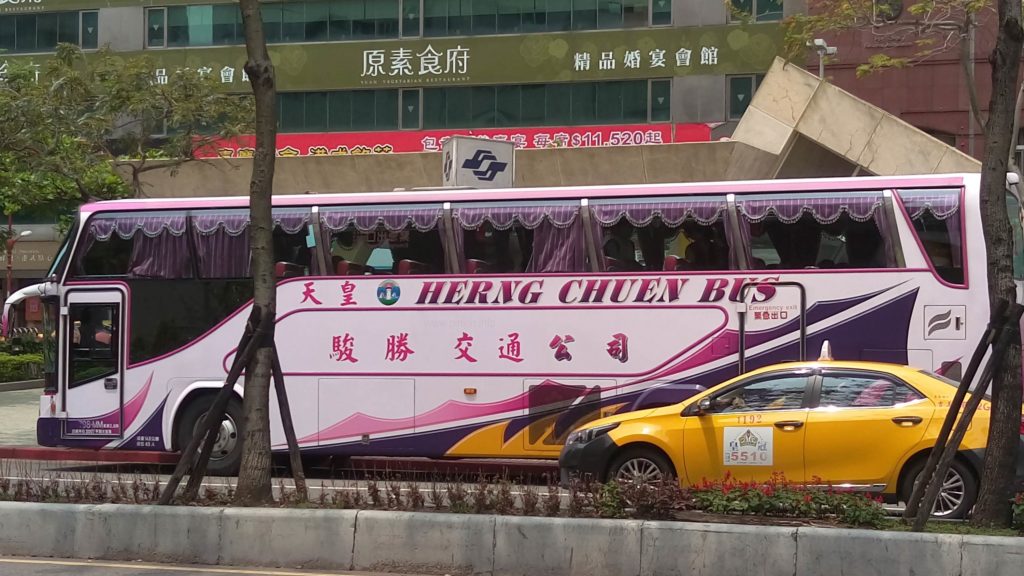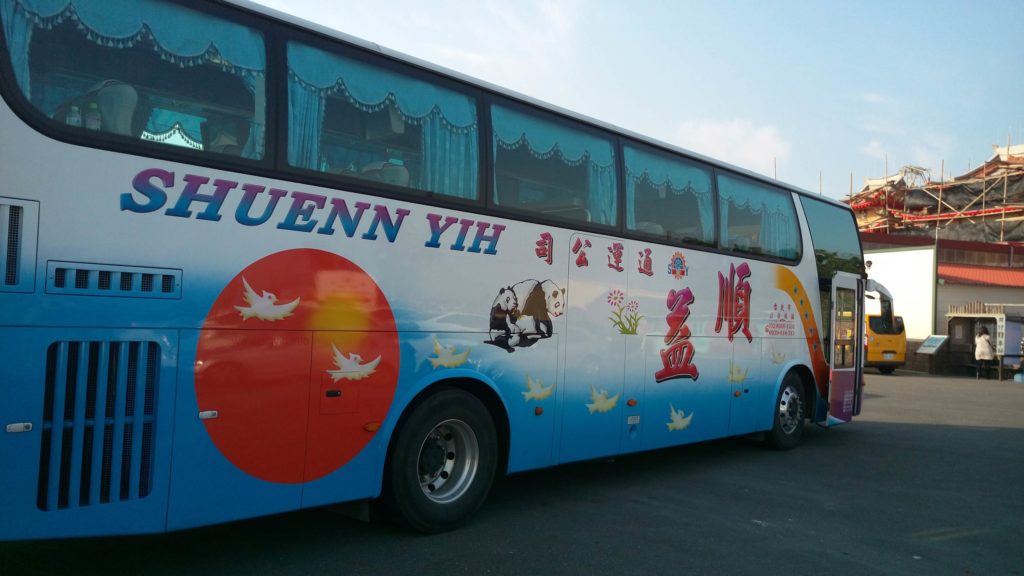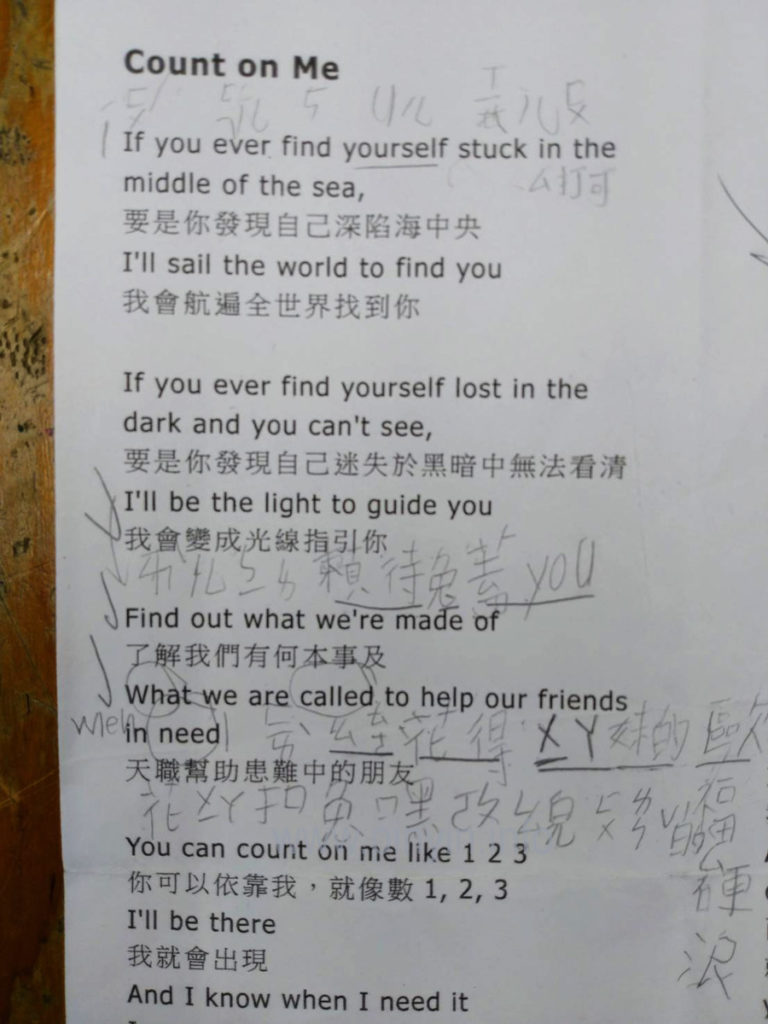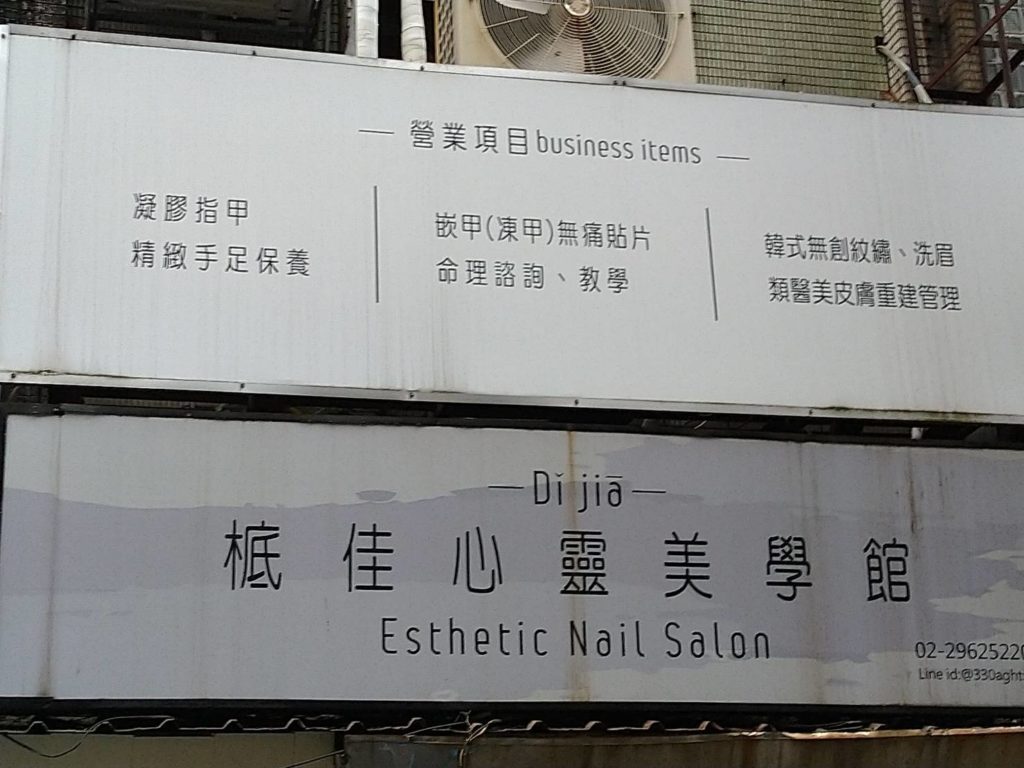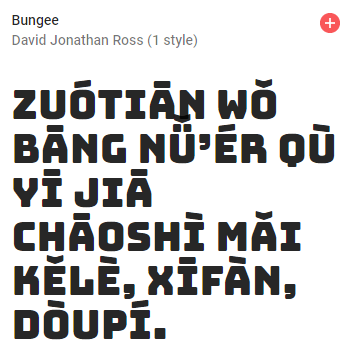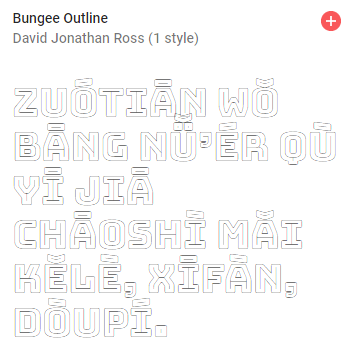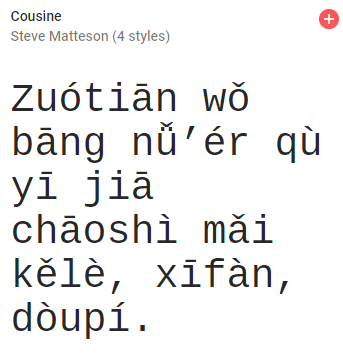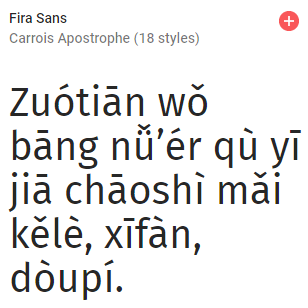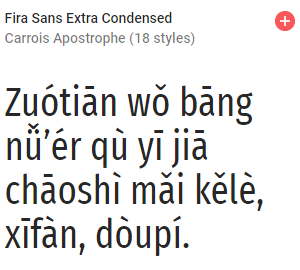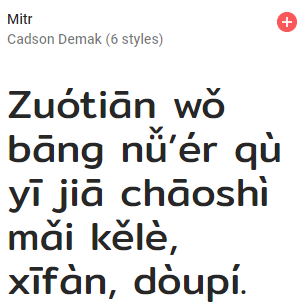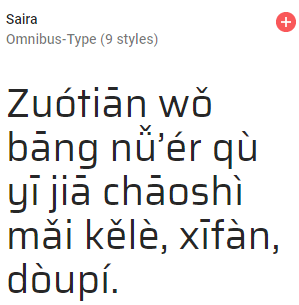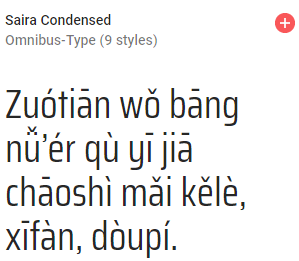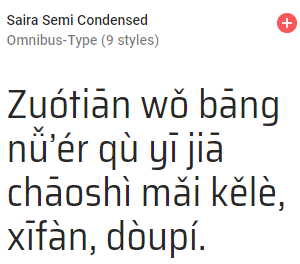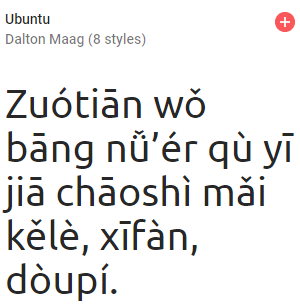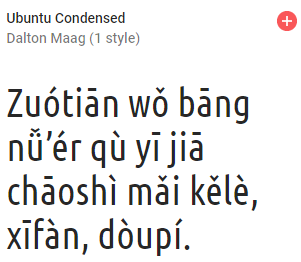What were the most common names for newborn babies in China in 2020?
Please note that some names appear more than once (Yichen three times in the top 10 for boys, and Yinuo and Yutong twice in the top 10 for girls). The only differences are in some of the characters used.
Most common names for newborn boys in China, 2020
| Rank | Chinese characters |
Pinyin (with tone marks) |
Pinyin (without tone marks) |
|---|---|---|---|
| 1 | 奕辰 | Yìchén | Yichen |
| 2 | 宇轩 | Yǔxuān | Yuxuan |
| 3 | 浩宇 | Hàoyǔ | Haoyu |
| 4 | 亦辰 | Yìchén | Yichen |
| 5 | 宇辰 | Yǔchén | Yuchen |
| 6 | 子墨 | Zǐmò | Zimo |
| 7 | 宇航 | Yǔháng | Yuhang |
| 8 | 浩然 | Hàorán | Haoran |
| 9 | 梓豪 | Zǐháo | Zihao |
| 10 | 亦宸 | Yìchén | Yichen |
Most common names for newborn girls in China, 2020
| Rank | Chinese characters |
Pinyin (with tone marks) |
Pinyin (without tone marks) |
|---|---|---|---|
| 1 | 一诺 | Yīnuò | Yinuo |
| 2 | 依诺 | Yīnuò | Yinuo |
| 3 | 欣怡 | Xīnyí | Xinyi |
| 4 | 梓涵 | Zǐhán | Zihan |
| 5 | 语桐 | Yǔtóng | Yutong |
| 6 | 欣妍 | Xīnyán | Xinyan |
| 7 | 可欣 | Kěxīn | Kexin |
| 8 | 语汐 | Yǔxī | Yuxi |
| 9 | 雨桐 | Yǔtóng | Yutong |
| 10 | 梦瑶 | Mèngyáo | Mengyao |
I tried using ChatGPT again to clean up the HTML in the tables above. But it kept hallucinating and changing characters, and it never gave me the entire tables but cut off at least one row each time. So I cleaned up the code myself in a text editor.
Source: 《2020 nián quánguó xìngmíng bàogào》 fābù (《二〇二〇年全国姓名报告》发布), Gōng’ānbù wǎngzhàn (公安部网站), February 2, 2021

